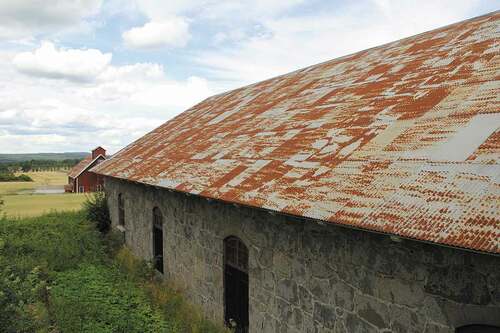Figures & data
Figure 1. Detail from a cast grey iron sign “Göteborgs Mekaniska Werkstad 1900”, with an original aluminium-pigmented AP. Photo by the author.
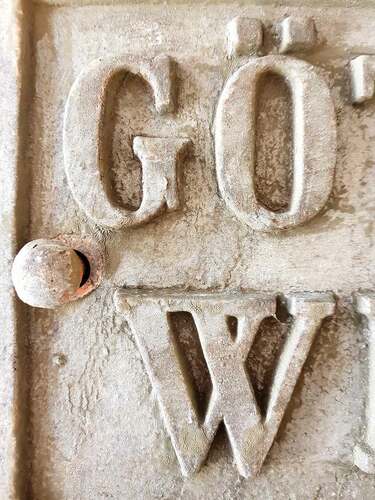
Figure 2. Västerbron in Stockholm, pictured at its inauguration in Citation1935, was painted with the aluminium-pigmented AP system. Photo: Stockholmstidningen 1935.
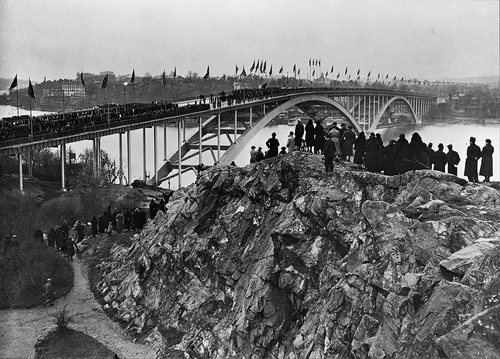
Figure 3. One of the six World Heritage Grimeton Radio Masts, painted with the aluminium-pigmented AP system in 1922–1925. Photo: Chrumps 2016, Creative Commons.

Figure 4. Silos at Havrekvarnen, Stockholm, with original aluminium-pigmented AP layers from 1928. Photo: Ankara 2011, Creative Commons.

Figure 5. Cross-section showing the concept of the 2 + 2 aluminium-pigmented AP system. Model by the author.

Figure 6. The colour of the AP varies depending on the concentration of pigments in the recipe. In these VOC-free re-made quarter tung stand oil paints, the blackish on left contains MIO but no aluminium pigmentsThe middle grey (right, top), contains both pigments, and the light grey (right, bottom) that has a metallic appearance contains aluminium and no MIO. APs made by the author according to original recipes. Photo by the author.
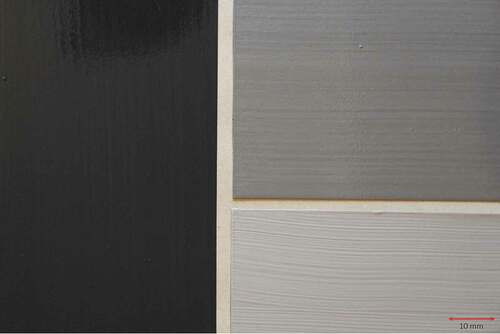
Figure 7. High MIO concentration gives the paint film a visible, coarse appearance. AP made by the author according to an original recipe. Magnified photo by the author.
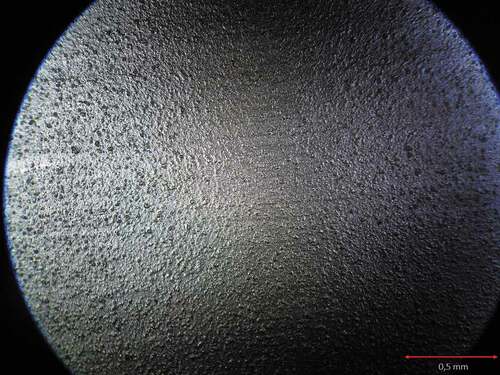
Figure 8. Tearing due to detachment of a tape from the surface, after a day of drying, reveals a laminated layer structure due to the leafing effect. The leafing effect may cause low abrasion resistance of the painted surface. AP made by the author according to an original recipe. Magnified photo by the author.
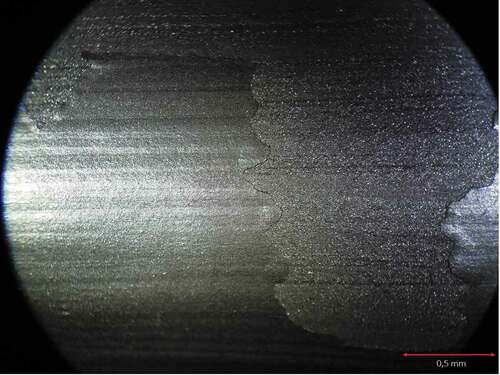
Figure 9. Aluminium-pigmented AP covers the intermediate paint layer easily in one application. If a dark intermediate AP is used, it reduces the risk of incomplete coverage and therefore also insufficient film thickness (IVA Citation1935). It was customary to use 0,5–2% carbon black or 10% lamp black for this purpose. It is also possible to overpaint the AP with a coloured top paint for aesthetic reasons. AP made by the author according to an original recipe. Magnified photo by the author.
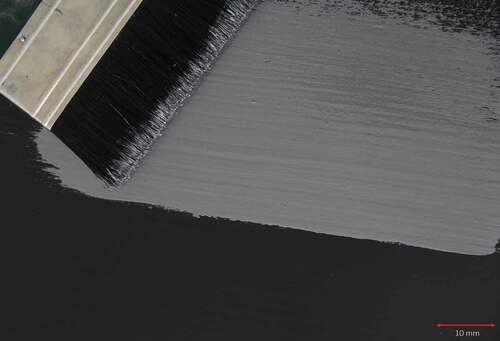
Table 1. Recipes for red lead primer (IVA Citation1935; Vattenfall Citation1933).
Table 2. Recipes for aluminium-pigmented AP (IVA Citation1935; Vattenfall Citation1933, Citation1959).
Table 3. Pigment specifications for paint manufacturing (IVA Citation1935).
Table 4. Drying oil specifications for paint manufacturing (IVA Citation1935, Citation1949).
Table 5. Summary of 49 red lead paint recipes from 1948 to 49 (archives of AB Förenade Färg).
Table 6. Summary of 31 AP recipes from 1946 to 1951 (Archives of AB Förenade Färg).
Figure 10. An example of our threatened ferrous heritage — corrugated steel sheet roofing of listed barns at the Björneberg Manor in Sweden. The corrosion products would need to be removed and the surface cleaned prior to painting, as for all anticorrosive treatments. Photo by author.
